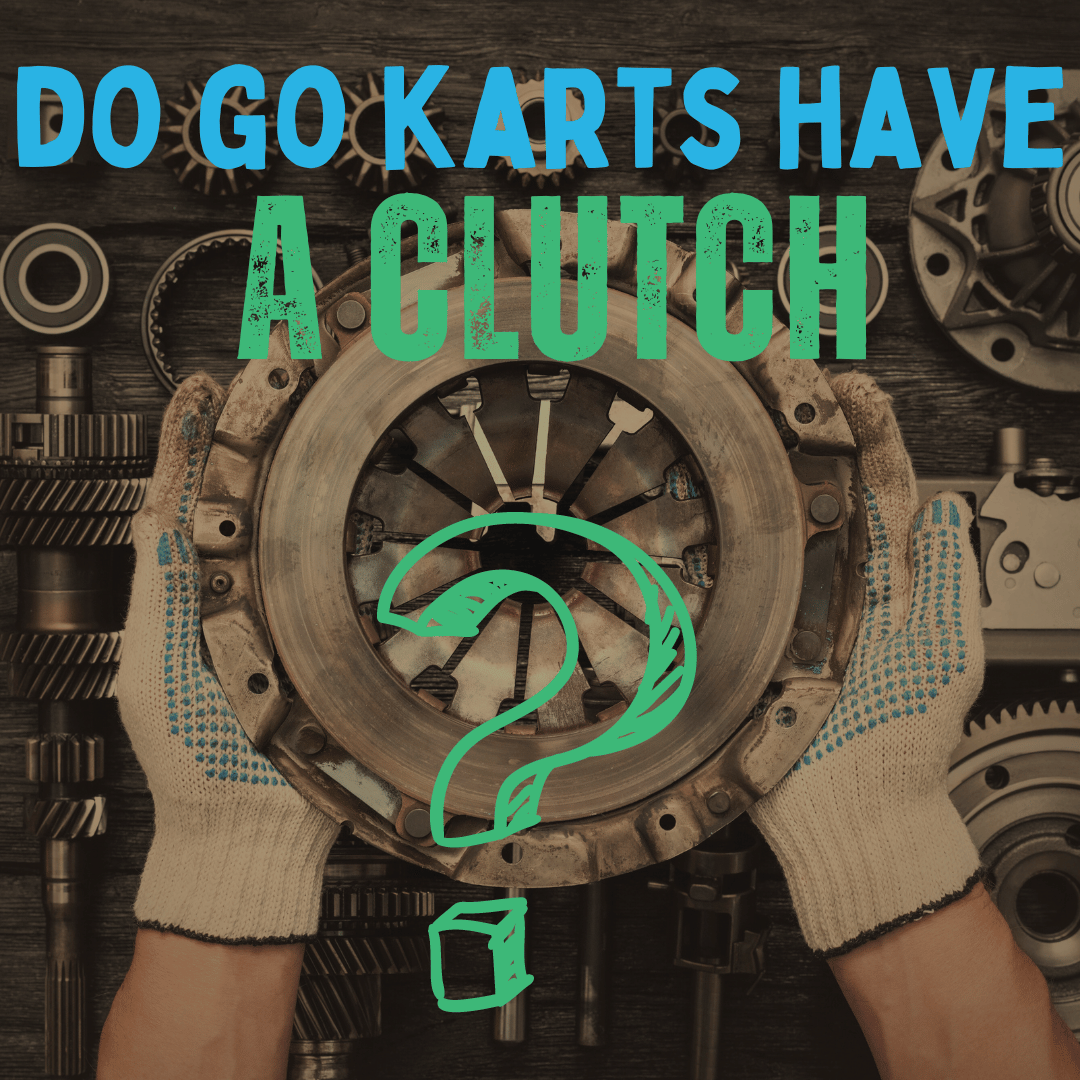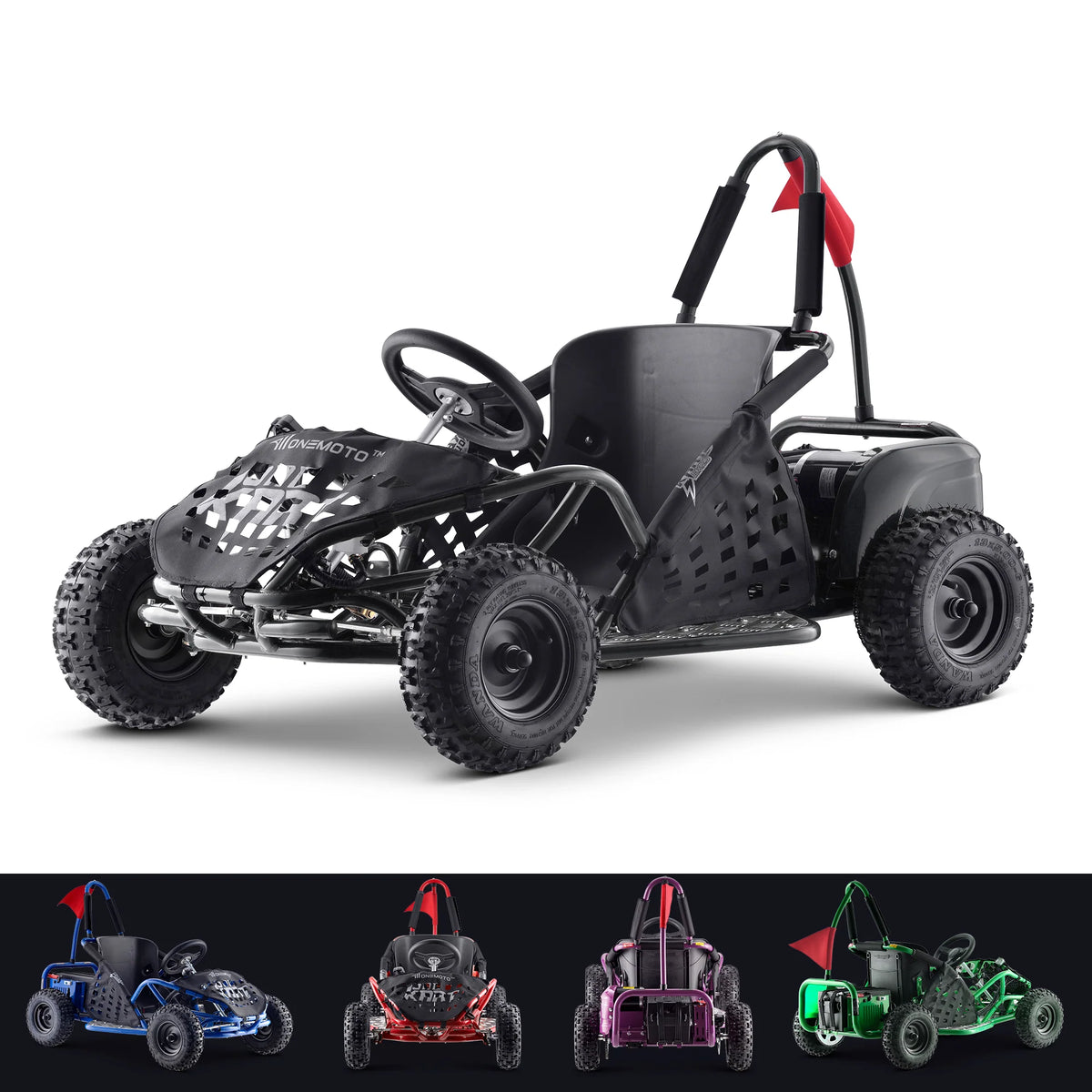Updated: 23.05.25

Are go-karts manual or automatic? Whether you’re a beginner or a seasoned racer, understanding go-kart transmissions—direct drive, automatic, or manual—enhances your ride. Let’s dive into how these systems work and which suits your needs.
Curious about other vehicles? Check out how motorcycle transmissions work.
1. Go-Kart Transmission Types
Go-karts feature three main transmission types: direct drive, automatic, and manual. Each offers unique benefits for recreational or competitive use.
| Transmission Type | Description | Advantages |
|---|---|---|
| Direct Drive | No transmission; engine directly powers the axle. | Low maintenance, lightweight, simple design. |
| Automatic | Uses a torque converter or clutch for seamless power. | Easy to use, safer for beginners, low maintenance. |
| Manual | Gearbox with manual gear shifting via a lever. | Precise control, ideal for racing, skill-building. |
2. Do Go-Karts Have Gears or Transmissions?
Not all go-karts have gears or transmissions. Direct-drive karts lack both, delivering power straight to the axle for simplicity. Automatic karts use torque converters or clutches, while manual karts (shifter karts) feature gearboxes with multiple gears for precise control, ideal for racing.
3. How Go-Kart Transmissions Work
Automatic Transmissions
Automatic go-karts are user-friendly, using torque converters or clutches to deliver smooth power, perfect for beginners. They idle when stationary and engage as RPM increases. Learn why RPM matters.
- Torque Converter: Transfers power via fluid, ensuring smooth transitions. Common in recreational karts.
-
Clutch: Engages automatically based on RPM.

Manual Transmissions
Manual go-karts, or shifter karts, use a gearbox and clutch pedal for precise control, favored in competitive racing. Drivers shift gears manually to optimise speed and power, often using engines like the Predator 212 for robust performance. 
- Gearbox: Offers multiple gears (e.g., 3-speed with reverse in some models) for tailored performance.
- Clutch Pedal: Disengages the engine for gear shifts. Explore go-kart clutches.
4. Performance Comparison
| Metric | Manual Transmission | Automatic Transmission |
|---|---|---|
| Speed Control | High: Precise gear shifts for optimal speed. | Moderate: Relies on pre-set ratios. |
| Acceleration | High: Optimised shifts boost acceleration. | Moderate: Less driver control. |
| Ease of Use | Low: Requires skill to shift gears. | High: Simple for all skill levels. |
| Maintenance | High: More components need care. | Low: Simpler design, less upkeep. |
| Durability | High: Robust with proper maintenance. | Moderate: Depends on component quality. |
| Cost | High: £1,500–£5,000 due to complexity. | Lower: £500–£2,000 for recreational use. |
5. Choosing the Right Transmission
Purpose: Racing vs. Recreational
For family fun, automatic go-karts are easy and safe. For racing or a hands-on thrill, stick shift go-karts (shifter karts) offer unmatched control. 
Cost and Maintenance
Manual karts cost more (£1,500–£5,000) and require frequent gearbox maintenance. Automatics (£500–£2,000) and direct-drive karts are affordable with minimal upkeep.
6. History of Go-Kart Transmissions
Go-karting began in the 1950s with homemade karts using lawnmower engines. By the 1970s, manual and automatic transmissions emerged, enhancing speed and control. Today, advanced gearboxes and torque converters dominate. 
7. Future of Go-Kart Transmissions
Electric go-karts are the future, with direct-drive systems and optimised gear ratios for high-torque motors (e.g., Predator 212-compatible designs). Benefits include:
- High Torque: Instant power reduces gear needs.
- Efficiency: Direct drives minimise losses for rapid acceleration.
- Quiet Operation: Ideal for indoor tracks with no emissions.
8. Debunking Myths
- Myth: Manual karts are only for pros. Beginners can learn with practice, enjoying precise control.
- Myth: Automatic karts are less exciting. Torque converters deliver thrills, perfect for new drivers.
9. Conclusion
Go-karts offer direct drive, automatic, or manual transmissions to suit your needs. Automatics are beginner-friendly, while manuals excel in racing. Looking to buy? Check out our manual and automatic go-karts for sale for a thrilling ride! ¿Los go-karts son automáticos? Sí, muchos lo son, especialmente para uso recreativo.
Frequently Asked Questions
Are go-karts manual or automatic?
Go-karts can be direct drive (no transmission), automatic (torque converter or clutch), or manual (gearbox). Automatics are easier; manuals offer racing control.
Do go-karts have gears?
Manual go-karts (shifter karts) have gears, often 3-speed with reverse in some models. Direct-drive and most automatic karts are single-speed.
What is a shifter kart?
A shifter kart has a manual transmission, allowing gear shifts for precise control, ideal for competitive racing compared to single-speed regular karts.
What is a go-kart transmission?
A go-kart transmission (automatic or manual) transfers engine power to the wheels. Automatics use torque converters; manuals use gearboxes for gear shifting.
Are manual go-karts better for racing?
Yes, manual go-karts provide precise speed and acceleration control, giving racers a strategic edge in competitions.
Get in Touch
Loved our guide on go-kart transmissions?
Want more insights or ready to buy a go-kart?
Visit RiiRoo.com or ping us on Live Chat!





Share:
Are Slick Go Kart Tyres Faster?
Will A Go Kart Fit In A Car?